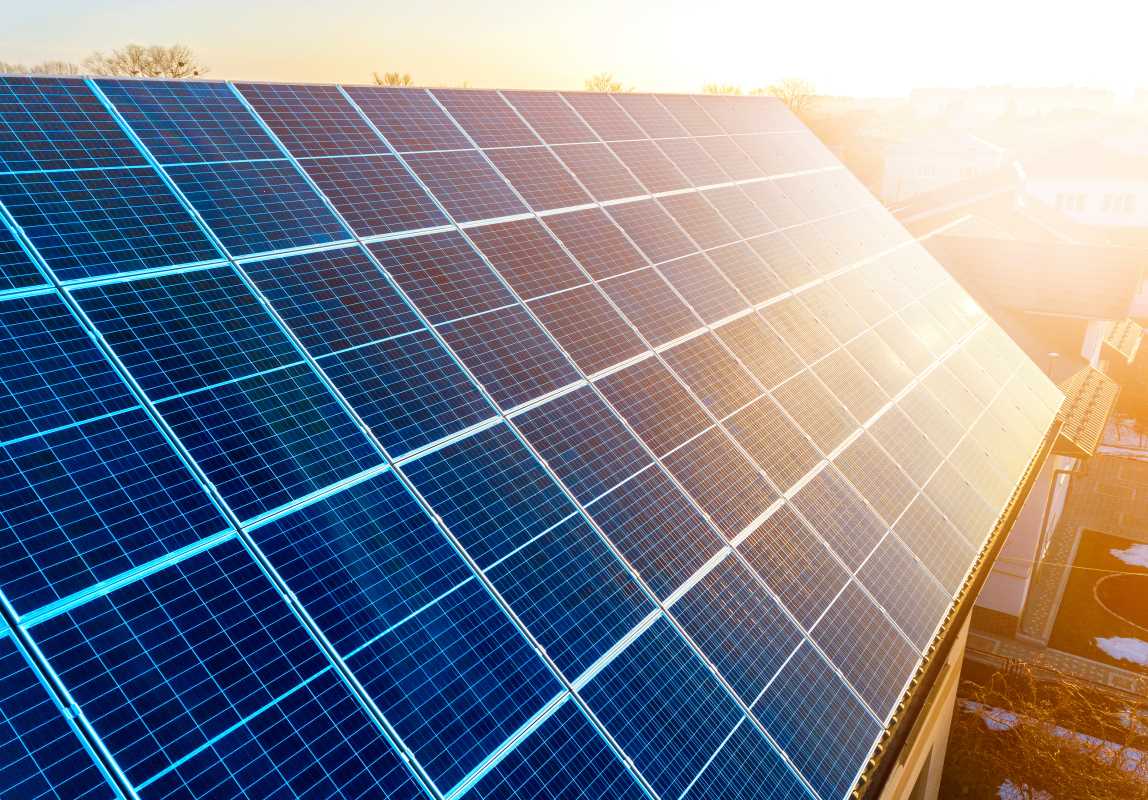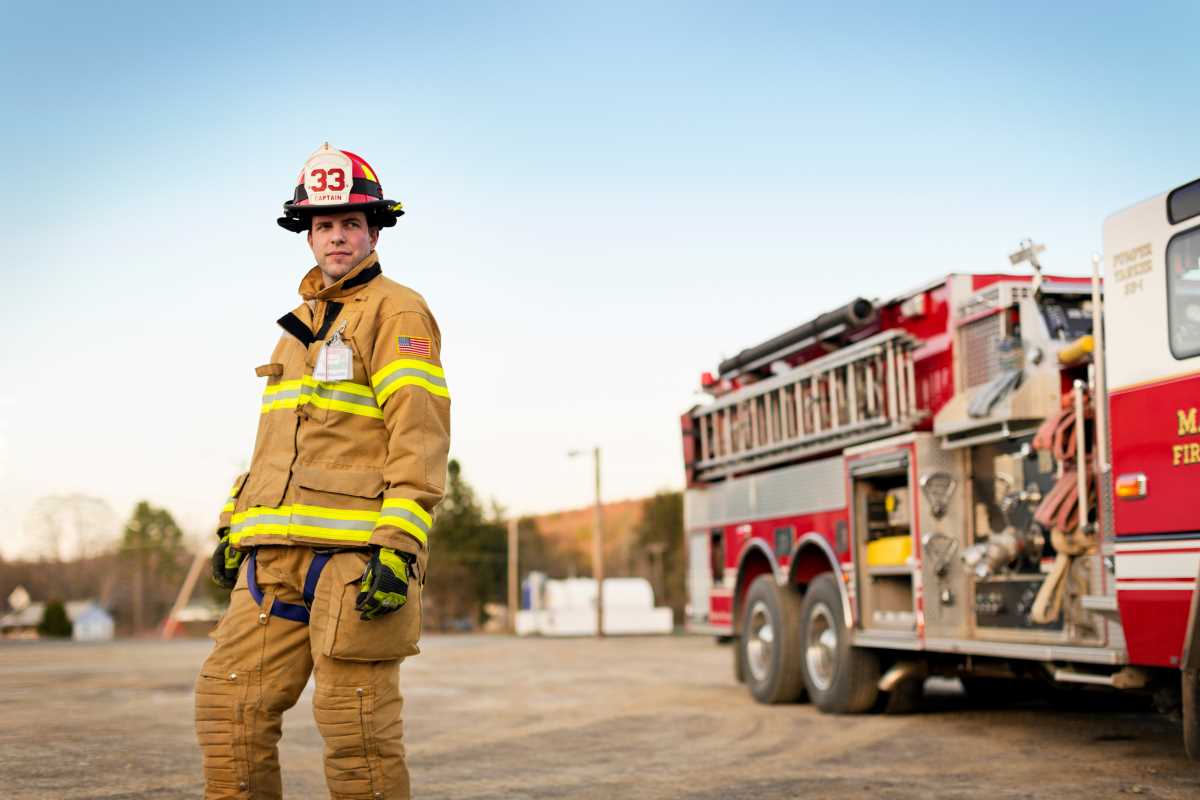You’ve probably heard people talking more and more about climate change, renewable resources, and the need to protect our planet. It’s a huge topic, and it can sometimes feel a little scary. But with big challenges come big opportunities. The global shift toward clean, sustainable power is creating a massive new industry filled with exciting and meaningful jobs. These are green energy careers, and they are quickly becoming some of the most important and fastest-growing professions in the world. This isn't just about saving the environment; it's about building the future. A career in green energy means you can earn a good living while being part of a positive change, developing the technologies and infrastructure that will power our world for generations to come. This guide will explore some of these amazing career paths and show you why so many people are excited to be a part of the green revolution.
Solar Panel Installers
One of the most visible signs of the green energy movement is the growing number of solar panels on rooftops and in large fields. Solar energy is a cornerstone of the renewable future, and the people who make it happen are solar panel installers, also known as solar photovoltaic (PV) technicians. This is a hands-on job for people who enjoy working outdoors and aren't afraid of heights. Installers are responsible for assembling, setting up, and maintaining the systems that convert sunlight into electricity.
The work involves more than just bolting panels to a roof. Installers must assess a location to determine the best placement for maximum sun exposure, mount the racking that holds the panels, and connect all the electrical wiring and inverters. They need a good understanding of electrical concepts and construction safety. This career doesn't typically require a four-year degree. Many people enter the field through an apprenticeship or by completing a certificate program at a community college or trade school. With the cost of solar technology dropping and demand skyrocketing, the need for skilled installers is growing rapidly, making it a field with excellent job security and potential for advancement.
Wind Turbine Technicians
If you’ve ever driven through the countryside and seen the giant, graceful blades of a wind turbine spinning in the breeze, you’ve witnessed another key part of our green energy future. Keeping those massive structures running is the job of a wind turbine technician, or "wind tech." This is a career for adventure-seekers who are mechanically inclined and comfortable with working at extreme heights—sometimes over 300 feet in the air.
Wind techs are responsible for inspecting, diagnosing, and repairing wind turbines. Their work can involve anything from routine maintenance, like lubricating moving parts, to complex electrical repairs and component replacements. They need a broad skill set that includes knowledge of electronics, hydraulics, and mechanics. The training for this job is specialized, often taking place at technical schools that offer associate's degree or certificate programs in wind energy technology. These programs combine classroom learning with hands-on training on actual turbine equipment. As one of the fastest-growing jobs in the United States, being a wind tech offers a thrilling work environment and a chance to work on the front lines of clean power generation.
Environmental Engineers
While technicians are on the ground and in the air installing and maintaining equipment, environmental engineers are the ones designing the systems and solving the big-picture problems. This career path combines principles of engineering, soil science, biology, and chemistry to develop solutions for environmental issues. It's a job for creative problem-solvers who are passionate about science and want to make a large-scale impact.
An environmental engineer might design a water reclamation system for a city, develop a process to reduce pollution from a factory, or create strategies for cleaning up contaminated land. In the green energy sector, they might be involved in designing wind farms to maximize energy production while minimizing impact on wildlife, or they could work on improving the efficiency of biofuels. To become an environmental engineer, you typically need at least a bachelor's degree in environmental engineering or a related field like civil or chemical engineering. It is a challenging but deeply rewarding profession where your work directly contributes to a healthier, more sustainable planet.
Energy Analysts and Data Scientists
The transition to green energy isn't just about building new power sources; it's also about making our entire energy system smarter and more efficient. This is where energy analysts and data scientists come in. These professionals work with massive amounts of data to understand how energy is being produced, used, and distributed. They are the strategic thinkers who help utility companies, governments, and private businesses make better decisions.
An energy analyst might use data to forecast energy demand, helping a utility company know when to draw power from solar or wind sources. They could analyze the performance of a fleet of electric vehicles to optimize charging schedules, or model the financial benefits of a company switching to renewable energy. This role requires strong analytical and mathematical skills. Many people in this field have backgrounds in economics, finance, statistics, or computer science. As the energy grid becomes more complex with the addition of intermittent renewables like solar and wind, the need for data-savvy professionals who can make sense of it all is greater than ever.
Green Construction and Building Management
Making our world more sustainable also involves changing how we construct and manage our buildings. Green construction is an area focused on erecting buildings that are energy-efficient and made from sustainable materials. This includes everything from home builders who specialize in energy-efficient designs to commercial construction managers who oversee the building of "LEED-certified" office towers. These professionals use techniques like installing high-efficiency insulation, triple-pane windows, and smart HVAC systems that reduce energy consumption.
Once a green building is constructed, a new type of professional, a sustainable building manager, is needed to ensure it operates at peak efficiency. They monitor energy and water usage, manage recycling programs, and maintain the building's green systems.
 (Image via
(Image via





